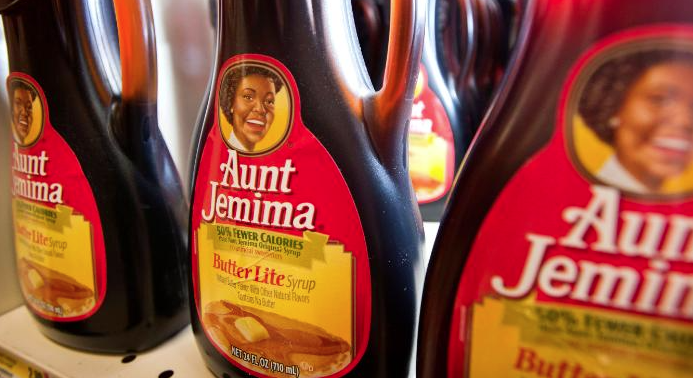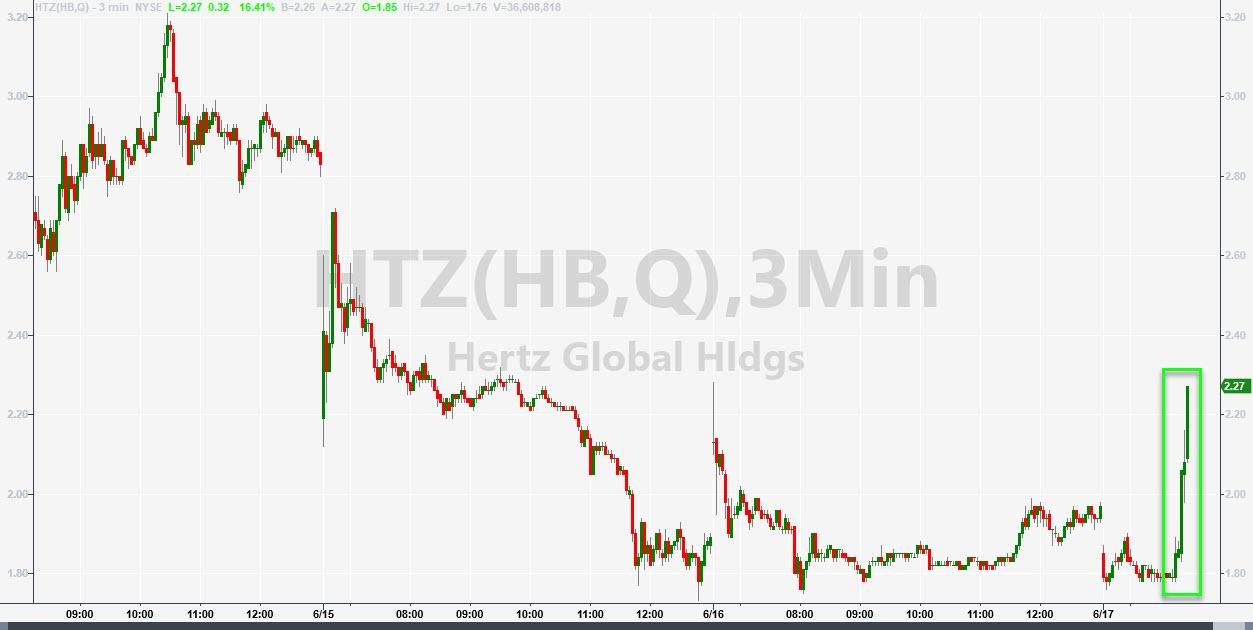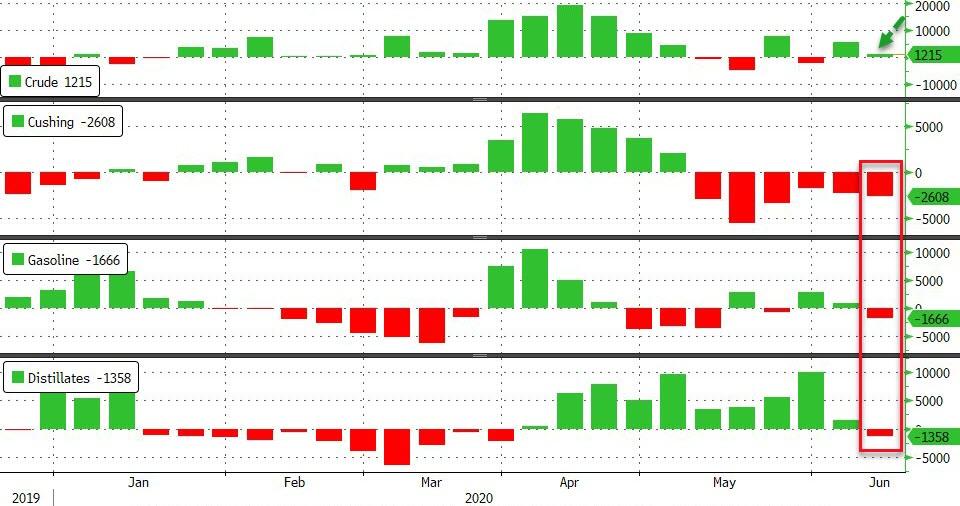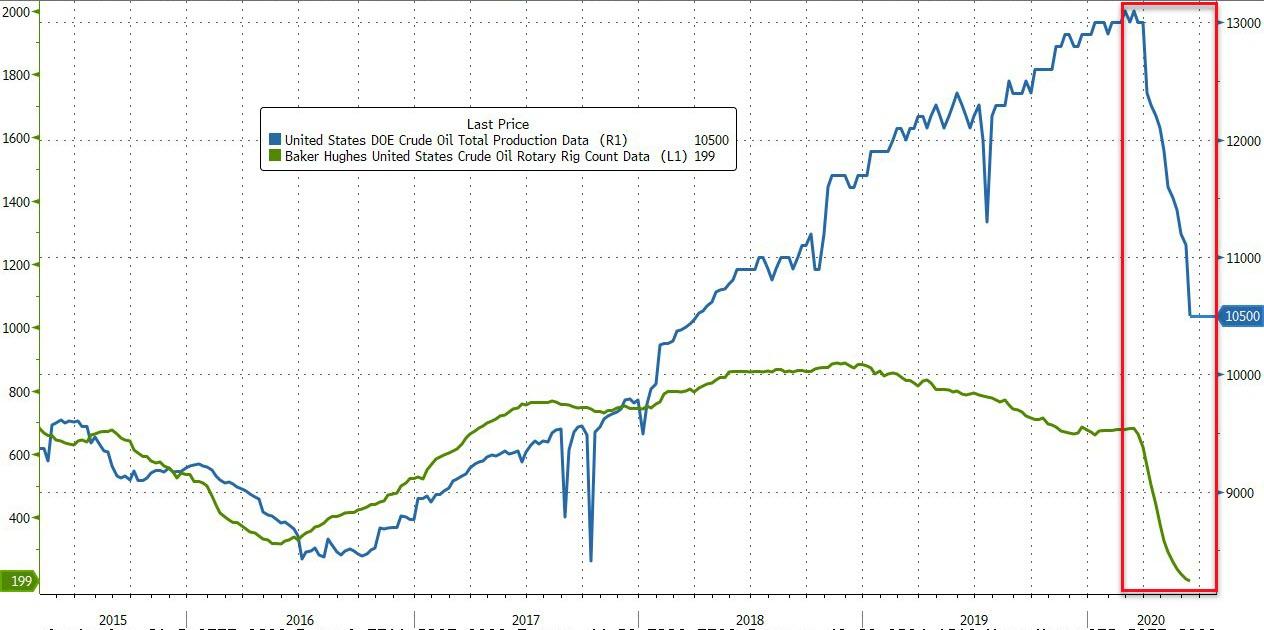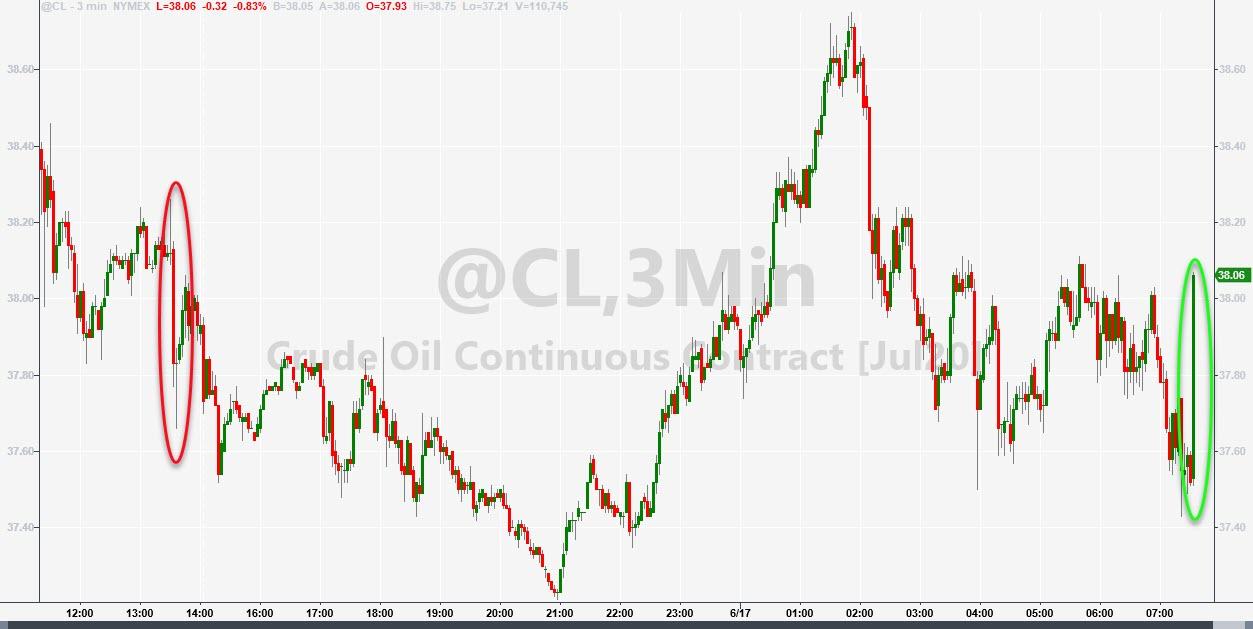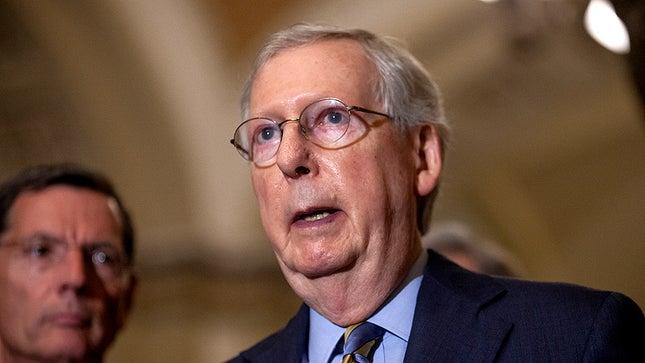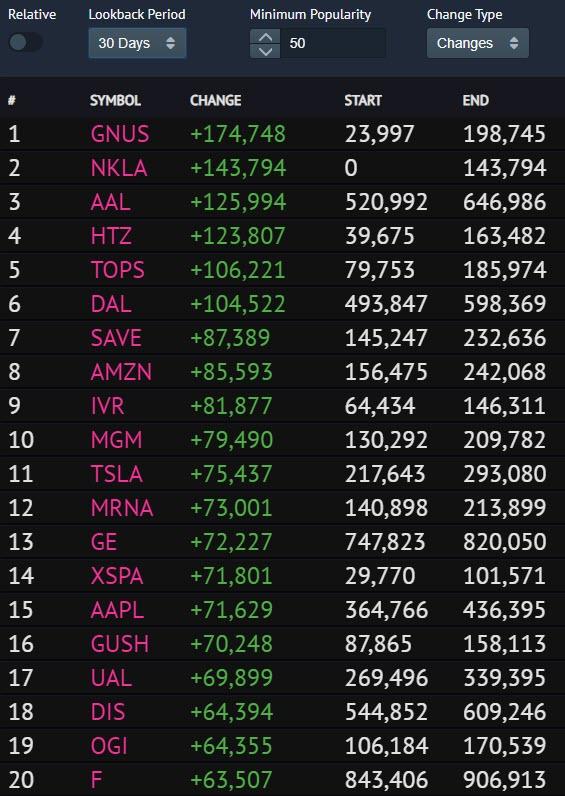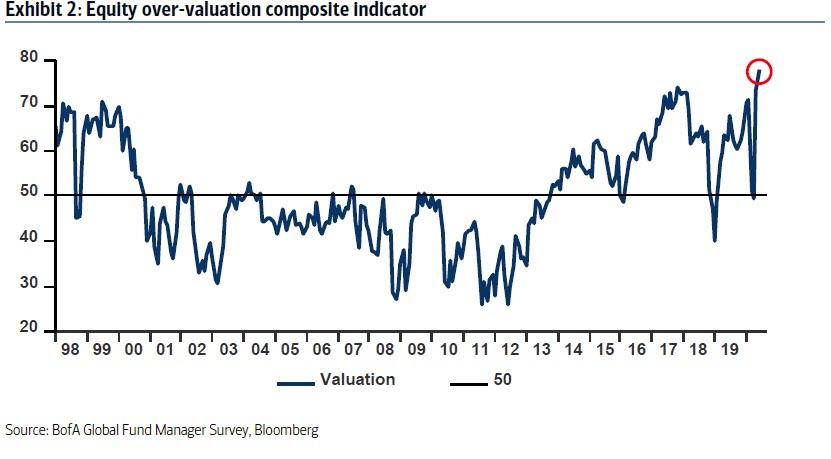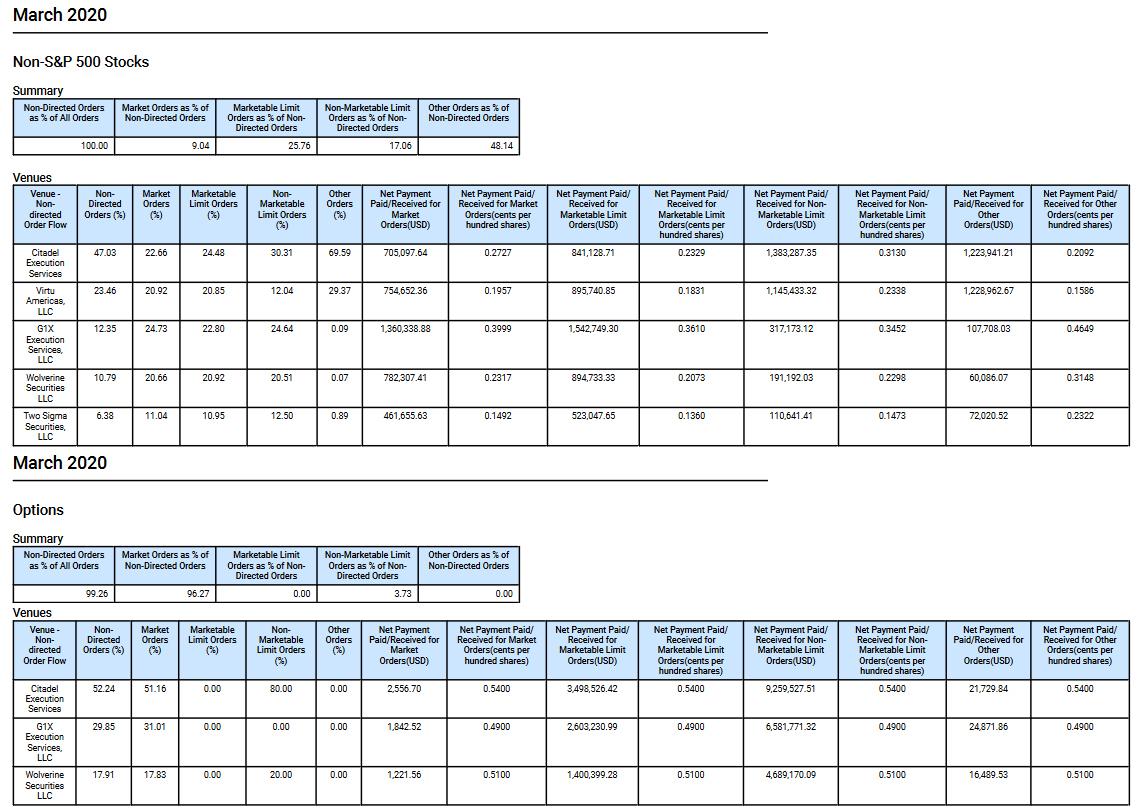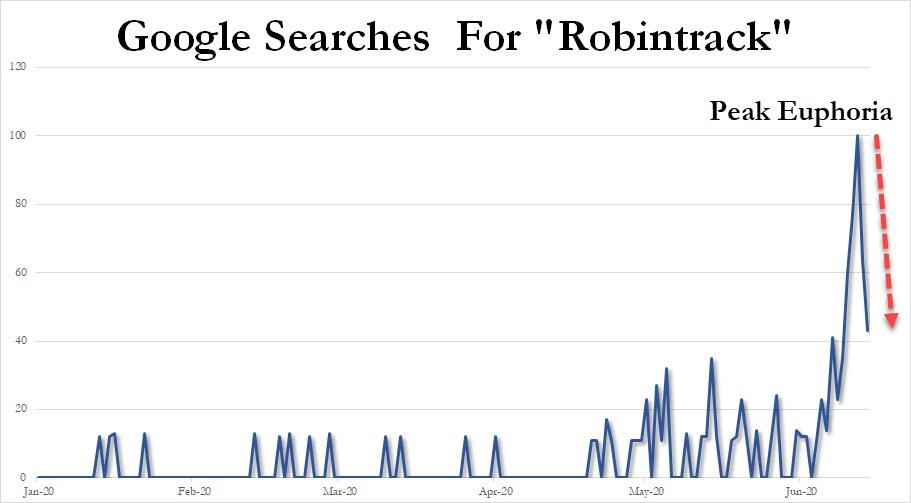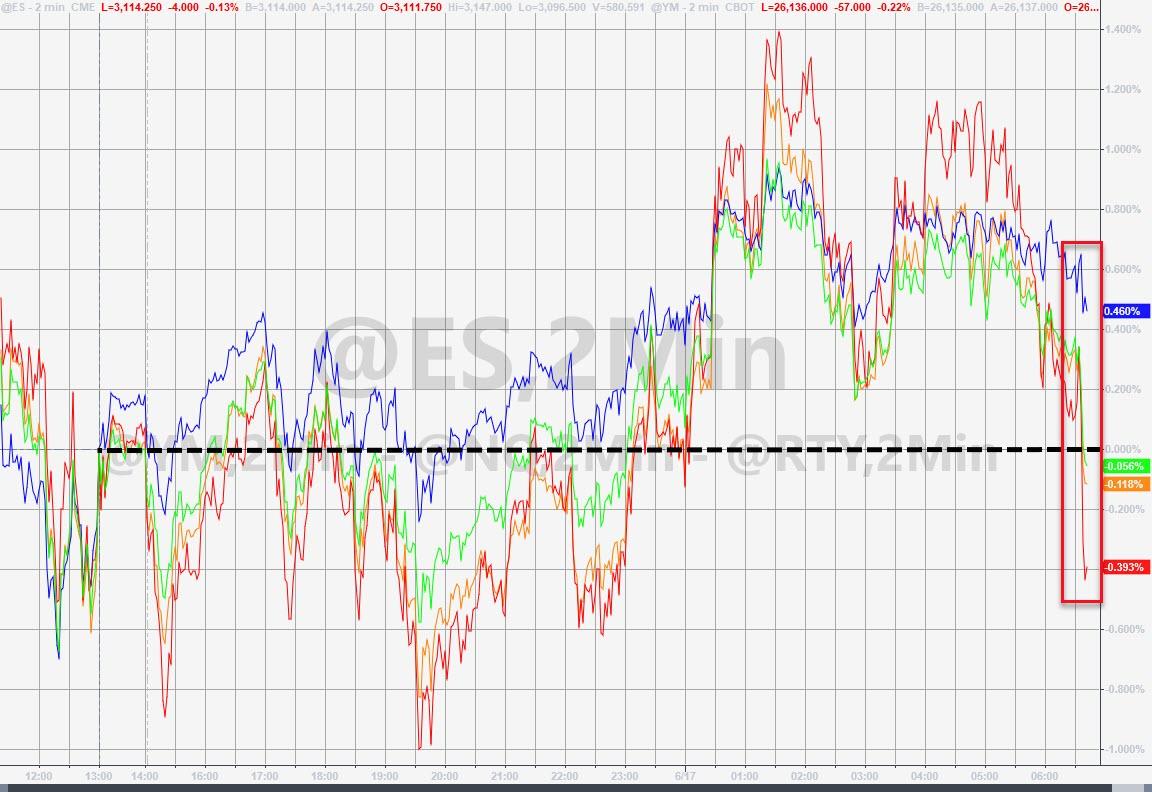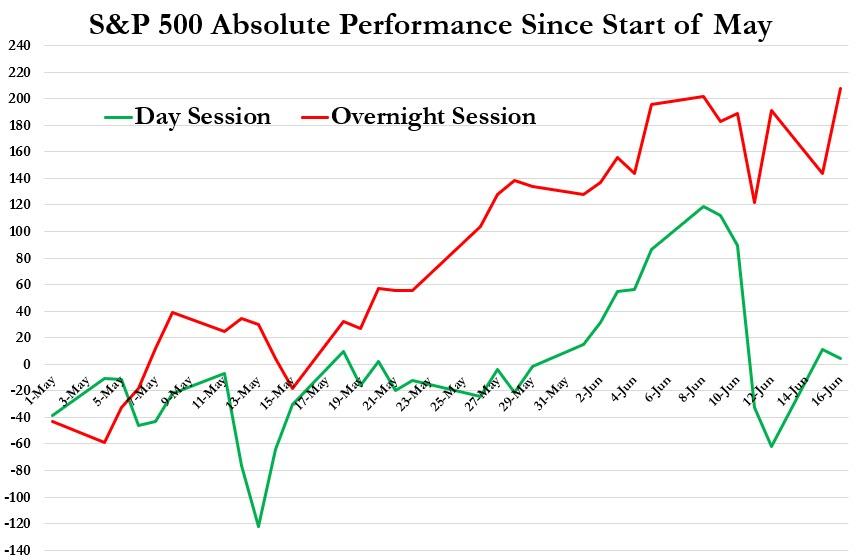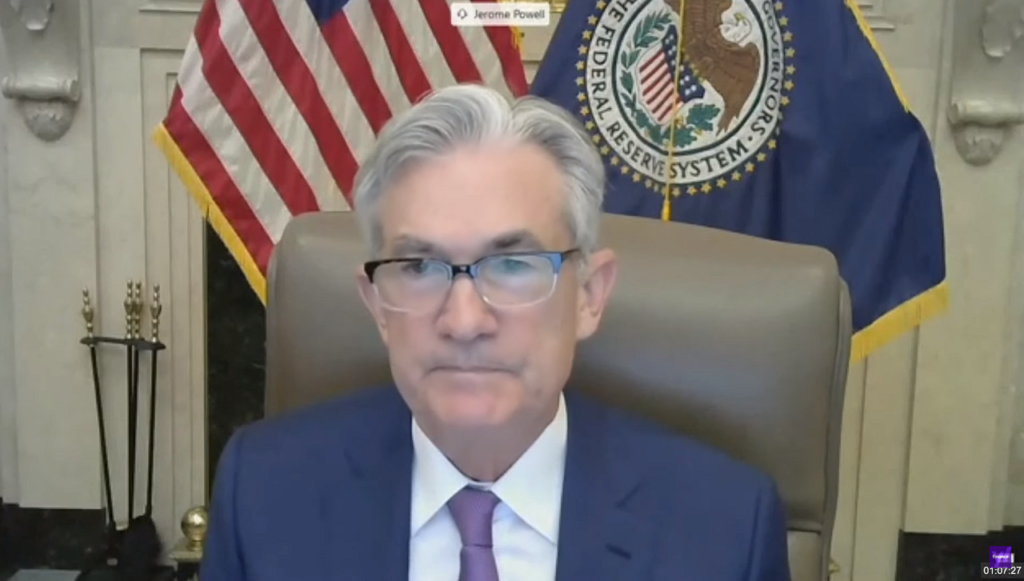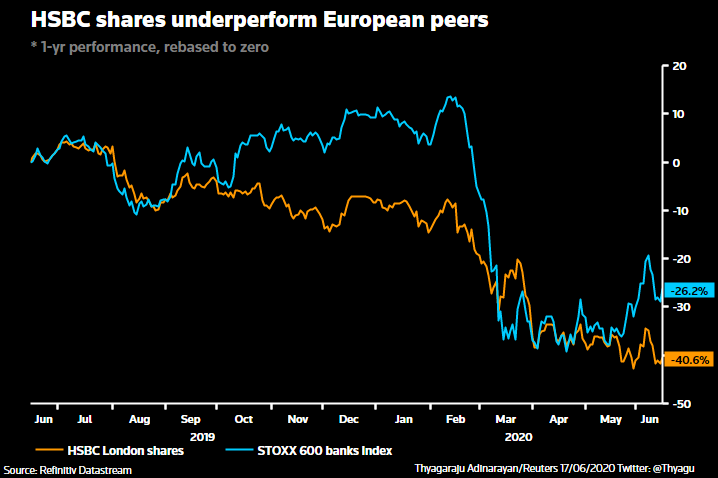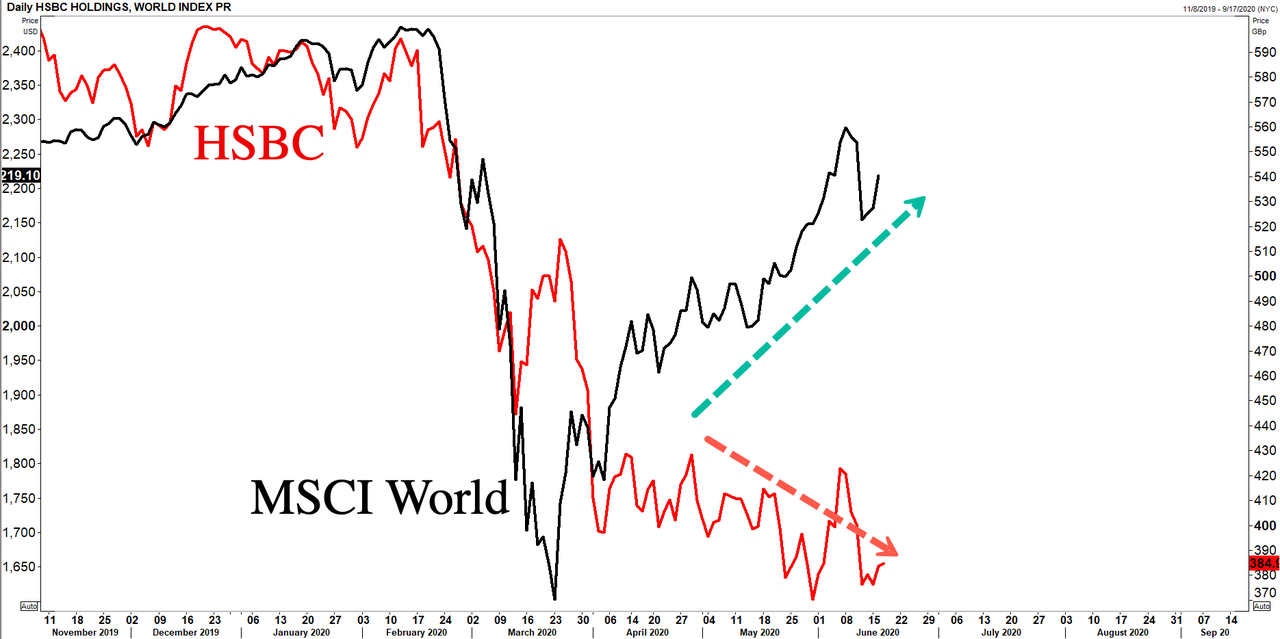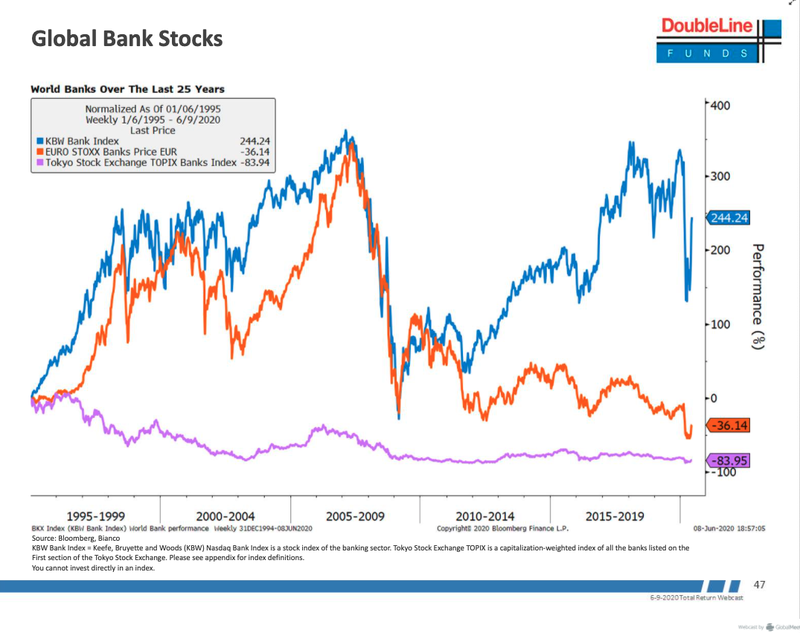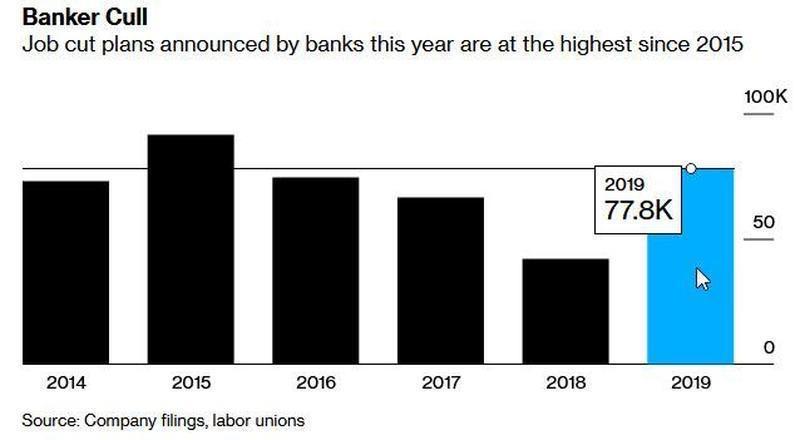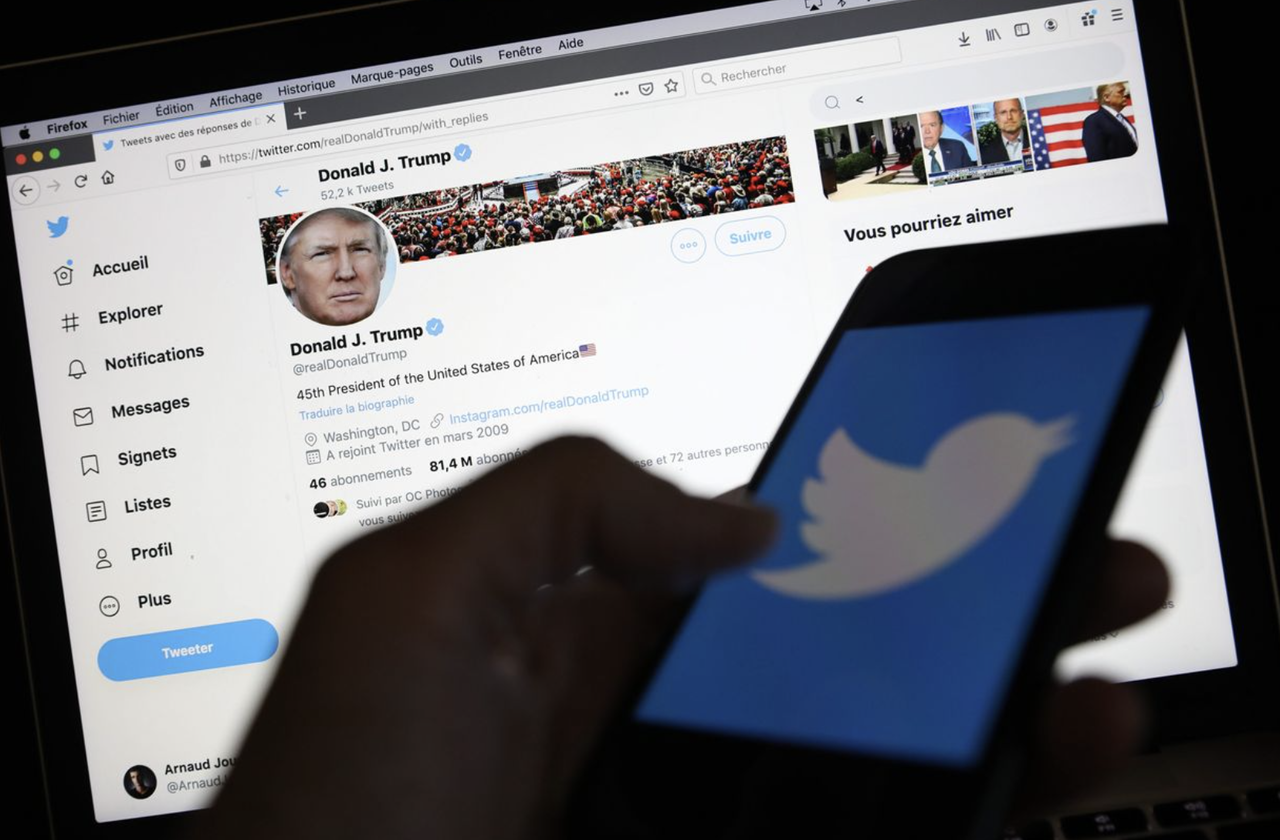Pepsi Retires Aunt Jemima Brand Due To “Racist Past”
Tyler Durden
Wed, 06/17/2020 – 11:09
Aunt Jemima survived 130 years: the Great Depression, two World Wars, the Civil Rights movement, Vietnam and 9/11. But the brand has finally been cast aside by Quaker Oats – which is owned by Pepsi – due to its “racist past” at the hands of today’s relentless cancel culture.
PepisCo’s packaged-foods unit said Wednesday it would remove imagery of the black woman from the Aunt Jemima brand’s pancake mixes, syrups and other products, and change its name. The company didn’t disclose the new name, but said packaging changes will appear throughout the fourth quarter.
The company told CNN: “As we work to make progress toward racial equality through several initiatives, we also must take a hard look at our portfolio of brands and ensure they reflect our values and meet our consumers’ expectations.”
The appearance of Aunt Jemima has changed over the years, the article notes. Its name is “based off the song ‘Old Aunt Jemima’ from a minstrel show performer and reportedly sung by slaves,” according to CNN. The logo was based on Nancy Green, who was a cook and missionary worker that NBC later disclosed had been born into slavery.
“We recognize Aunt Jemima’s origins are based on a racial stereotype. While work has been done over the years to update the brand in a manner intended to be appropriate and respectful, we realize those changes are not enough,” said Kristin Kroepfl, chief marketing officer at PepsiCo’s Quaker Foods North America business. The unit also sells Quaker Oats and Rice-A-Roni.
Despite its iconic history, there have been recurring calls to change the logo for years, with Cornell University professor Riché Richardson one of the latest voices to speak out against it in 2015. He called the logo “very much linked to Southern racism.”
He also said the logo was based on a “devoted and submissive servant who eagerly nurtured the children of her white master and mistress while neglecting her own.” In 2017, the husband of B. Smith called the logo the epitome of “female humiliation.”
But today the brand is just described by the company as standing for “warmth, nourishment and trust — qualities you’ll find in loving moms from diverse backgrounds who want the very best for their families.”
Gladys Knight was even a spokesperson for the brand in the 1990s, during such time the logo evolved. But that apparently is woefully insufficient in this day and age. Quaker Oats said: “While work has been done over the years to update the brand in a manner intended to be appropriate and respectful, we realize those changes are not enough.”
So it’s best to simply deleted over a century of history and pretend it never existed.
Additionally, the company announced that the Aunt Jemima brand will donate $5 million over the next five years “create meaningful, ongoing support and engagement in the Black community.”
As one user on social media pointed out, the lag time from satire to reality has sadly now become just 5 days.
Lag time from Onion to reality reduced to 5 days pic.twitter.com/CtvQnsf0Ci
— David Burge (@iowahawkblog) June 17, 2020
via ZeroHedge News https://ift.tt/2YGQer6 Tyler Durden
